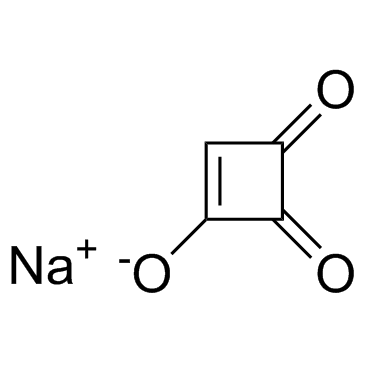Identification and heritability of fumonisin insensitivity in Zea mays.
Anne E Desjardins, Ronald D Plattner, Richard J Stessman, Susan P McCormick, Mark J Millard
Index: Phytochemistry 66(20) , 2474-80, (2005)
Full Text: HTML
Abstract
Landraces of maize (Zea mays ssp. mays) and its wild teosinte relatives (Zea mays spp. parviglumis and mexicana) were surveyed for sensitivity to fumonisin B(1), a phytotoxin produced by the maize pathogen Gibberella moniliformis. Only two of 42 Z. mays samples were highly insensitive to FB(1) (ED(50) = ca. 200 microM). The teosintes and 76% of the maize landraces were moderately or highly sensitive to FB(1) (ED(50) < or = 30 microM), which indicates that FB(1) sensitivity is likely to be an ancestral trait in Z. mays. F(1) generations derived from crosses between FB(1)-sensitive maize inbred B73 and insensitive landraces were significantly less sensitive than B73. Thus, our data indicate that FB(1)-insensitivity is a relatively rare but heritable trait in maize. We also report the sensitivity of maize to other Gibberella toxins - beauvericin, diacetoxyscirpenol, and moniliformin.
Related Compounds
| Structure | Name/CAS No. | Molecular Formula | Articles |
|---|---|---|---|
 |
Moniliformin, sodium salt
CAS:71376-34-6 |
C4HNaO3 |
|
Characterization and mycotoxigenic potential of Fusarium spe...
2011-11-01 [Phytopathology 101(11) , 1330-7, (2011)] |
|
Emerging fusarium-mycotoxins fusaproliferin, beauvericin, en...
2008-01-01 [Crit. Rev. Food Sci. Nutr 48(1) , 21-49, (2008)] |
|
Mycotoxin production by isolates of Fusarium lactis from gre...
2011-12-02 [Int. J. Food Microbiol. 151(2) , 150-6, (2011)] |
|
In vitro myelotoxicity assessment of the emerging mycotoxins...
2012-01-01 [Toxicon 59 , 182-191, (2012)] |
|
Occurrence of Fusarium Head Blight species and Fusarium myco...
2012-01-01 [Food Addit. Contam. Part A. Chem. Anal. Control. Expo. Risk Assess. 29(11) , 1716-26, (2012)] |